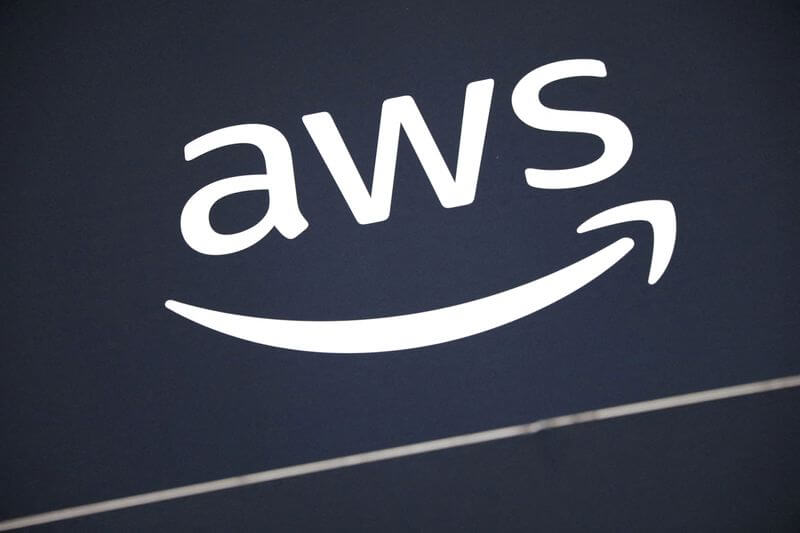NEW YORK, NY, July 31 (Reuters) – As the global economy grapples with inflationary pressures impacting consumer spending, Amazon (AMZN.O) investors eagerly await updates on the tech giant’s cloud business, ad revenue growth, and strategies to maintain consumer engagement heading into the holiday season.
One of the primary concerns for investors is how Amazon Web Services (AWS), the company’s cloud provider, stacks up against competitors like Microsoft (MSFT.O) and Google (GOOGL.O), both of which reported a slowdown in their cloud businesses for the quarter ending June 30. Amazon had previously acknowledged a decrease in AWS growth as some business clients reallocated their spending to reduce costs.
Despite the challenges, there remains optimism about the potential for cloud computing, particularly in the realm of artificial intelligence. Tom Forte, a senior research analyst at financial firm D.A. Davidson Companies, noted that cloud computing services such as Microsoft’s Azure, Google Cloud, and AWS could significantly benefit from companies showing interest in AI implementation.
However, the overall pullback in consumer spending due to economic uncertainty has compelled companies invested in AI and cloud tools to reassess their expenses, potentially influencing cloud computing growth. Amazon’s Chief Financial Officer, Brian Olsavsky, had previously stated that he expected the tech and retail giant’s cloud business to slow down as enterprise clients adopted a more cautious approach to spending.
Investors are also keen to understand how Amazon’s advertising business leverages language models and generative AI. The company’s advertising segment experienced “robust growth” thanks to its machine learning investments, as stated by Chief Executive Andy Jassy during the first-quarter earnings call. This growth is set to be compared with Google’s 3.3% increase in advertising revenue to $58.1 billion, despite a broader advertising pullback.
The net sales of Amazon’s advertising business in the first quarter were $9.51 billion, and analysts estimate that the advertising segment could increase to $10.3 billion in the second quarter, according to Refinitiv.
On the retail front, investors are eager to learn about Amazon’s strategy to maintain consumer interest and continued shopping on its site as discretionary spending decelerates. U.S. retail sales saw a nominal increase of 0.2% in June, indicating a cautious approach from consumers. Amazon’s profitability in the e-commerce sector will be a key focus, and investors will be curious about its plans to improve e-commerce business profitability for the rest of the year.
Notably, Prime Day sales, which took place on July 11-12, will not be included in Amazon’s second-quarter results. Nevertheless, the retail giant achieved record sales during the event’s first half, and it plans to host another fall Prime event to further capitalize on consumer demand.
To address profitability concerns, Amazon has been increasing the number of third-party sellers on its platform, which has had a positive impact on the retailer’s ad business. Vendors now have the opportunity to purchase ad space in search results and utilize other tools to attract customers in a competitive marketplace.
The first-quarter operating income for Amazon was $4.77 billion, representing a 74.4% increase from the previous quarter and a 30.1% increase from the previous year. Analysts expect the company’s profit margins to reach 46.53%, which indicates optimism about its financial performance.
Amidst the economic uncertainty, Amazon faces competition from emerging marketplace models like Singapore-based Shein and China’s Temu, both of which have launched in the United States, targeting Amazon’s shoppers and vendors. This competition may drive Amazon to continuously innovate and enhance its offerings to retain its market leadership.
In conclusion, Amazon investors are closely monitoring the company’s performance in the face of inflationary pressures and a cautious consumer spending environment. The focus is on Amazon Web Services’ competitiveness, the intersection of advertising and AI investments, and the e-commerce business’s profitability. As the tech giant navigates these challenges, investors remain hopeful about Amazon’s resilience and ability to adapt to changing market dynamics.





